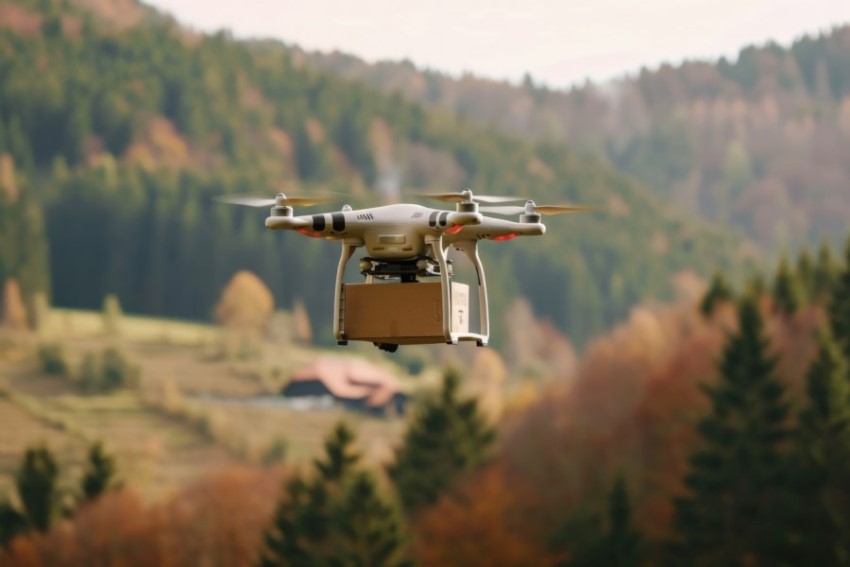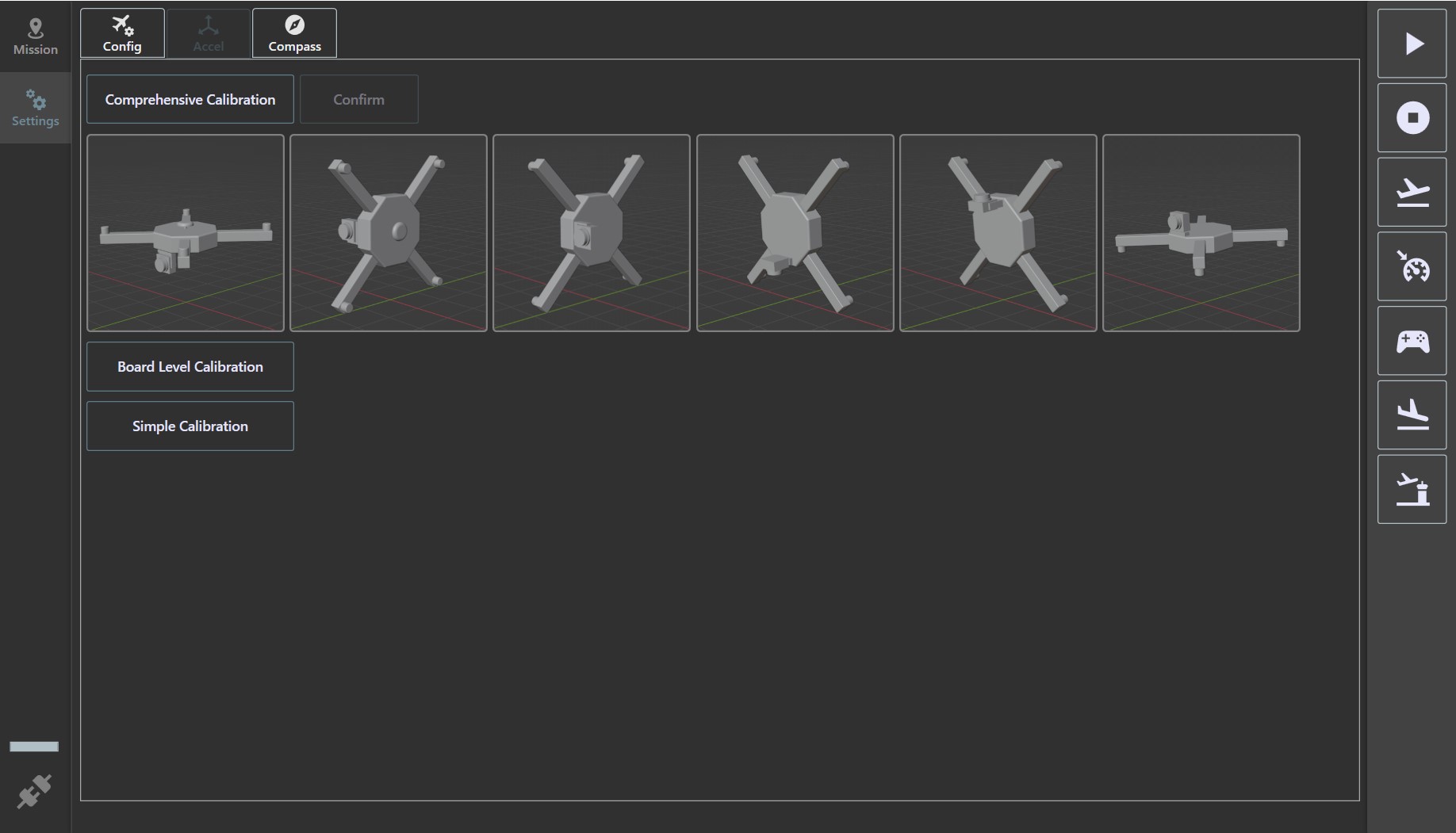Revolutionizing Aerial Logistics
LOGOS GCS by AEROLOGOS
In the rapidly evolving world of technology, AEROLOGOS is making waves with its ground-breaking innovation: the LOGOS GCS (Ground Control Station). This system is designed to redefine the landscape of aerial logistics, delivering unmatched efficiency, precision, and control. Whether it's for drones, unmanned aerial vehicles (UAVs), or complex multi-drone operations, LOGOS GCS is the cutting-edge solution that is changing the game.
Let’s take a closer look at why LOGOS GCS stands out and how AEROLOGOS has crafted a system poised to lead the aerial logistics industry.
What is LOGOS GCS?
LOGOS GCS is a state-of-the-art Ground Control Station developed by AEROLOGOS. It serves as the nerve center for controlling and managing aerial fleets, designed for both civilian and military applications. From cargo delivery to surveillance, this system allows operators to manage drones or UAVs with high precision, safety, and autonomy.

The LOGOS GCS interface is built for intuitive use, offering operators comprehensive real-time data and analytics. The system is capable of overseeing fleets in various geographical locations, making it ideal for managing multi-drone operations simultaneously.
Features That Set LOGOS GCS Apart
-
Seamless Integration with Multiple UAV Systems
AEROLOGOS designed LOGOS GCS to support a wide range of drone models and systems, making it adaptable for various industries. Whether controlling small delivery drones or large, long-range UAVs, LOGOS GCS ensures seamless integration with diverse hardware.
-
Advanced Autonomous Capabilities
With built-in AI and mission planning algorithms, LOGOS GCS allows for autonomous decision-making, route optimization, and obstacle avoidance. The system is perfect for missions that require precision and reliability, from urban deliveries to critical infrastructure inspections.

-
Real-Time Data and Analytics
LOGOS GCS offers operators real-time data such as terrain, UAV status, and route tracking. Its integrated analytics feature provides insights into performance, fuel efficiency, and flight path optimizations. This not only ensures safety but also boosts productivity.
-
Safety and Redundancy
AEROLOGOS has embedded high levels of redundancy in the system. LOGOS GCS is designed with fail-safes, including backup communication channels, to ensure that aerial operations continue even in adverse conditions. Safety protocols are triggered automatically in case of system failure, minimizing risk during critical missions.

Why LOGOS GCS is a Game-Changer
AEROLOGOS has anticipated the future needs of industries such as logistics, agriculture, emergency services, and defense, and LOGOS GCS is built to cater to these sectors. Here’s why LOGOS GCS is a true game-changer:
- Scalability: LOGOS GCS grows with your operations. Whether managing a small fleet or a large-scale deployment, it offers a scalable solution that fits your needs.
- User-Friendly: The user interface is designed for both seasoned UAV operators and newcomers, ensuring a smooth learning curve and ease of operation.
- Adaptability: LOGOS GCS is equipped to handle various UAV configurations, mission types, and regulatory environments, making it an adaptable solution across the globe.

Conclusion
LOGOS GCS by AEROLOGOS is not just a technological advancement; it is the future of aerial logistics. Its cutting-edge features, from real-time analytics to autonomous fleet management, place it in a league of its own. AEROLOGOS has masterfully crafted a solution that empowers industries to take flight—both literally and figuratively.
For businesses looking to revolutionize their drone operations, LOGOS GCS is the key to achieving new heights in efficiency, safety, and innovation. As aerial logistics continue to evolve, this system ensures that AEROLOGOS is at the forefront of the industry.
With LOGOS GCS, the sky is no longer the limit—it’s the beginning.
Interested in drones?
We are actively developing ground control software for UAVs. It is useful for both businesses and amateurs of unmanned vehicles. Find out more clicking on the following link: